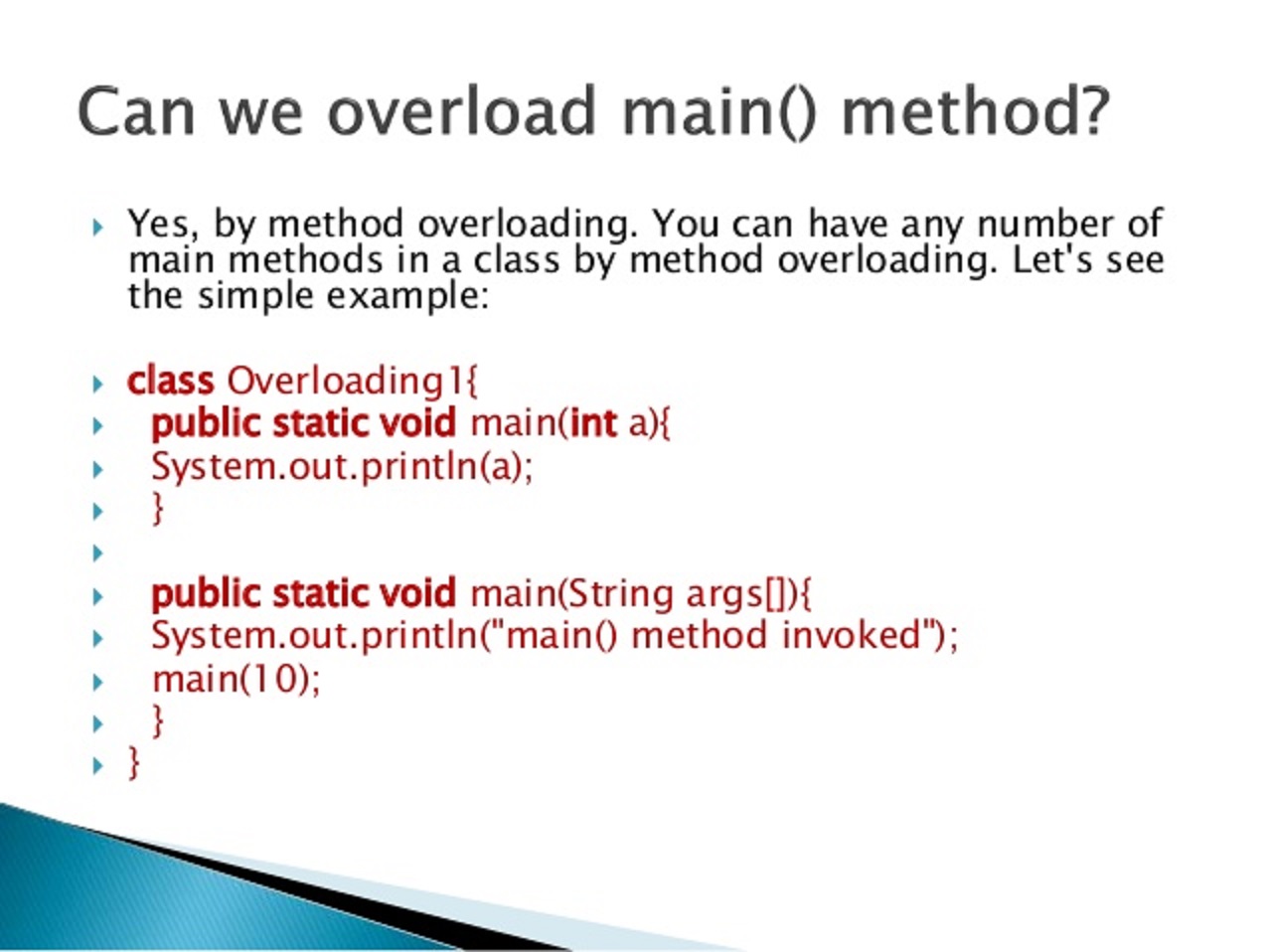Can We Override Non Static Method In Java is a common question that arises among Java developers. In object-oriented programming, the concept of method overriding allows a subclass to provide a specific implementation of a method that is already provided by its superclass. However, when it comes to non-static methods, there are certain rules and limitations that need to be considered.
Understanding the concept of method overriding in Java is crucial for writing efficient and maintainable code. In this article, we will explore the intricacies of overriding non-static methods in Java and discuss the best practices to follow.
What is method overriding in Java?
Method overriding is a feature of object-oriented programming that allows a subclass to provide a specific implementation of a method that is already provided by its superclass. When a subclass overrides a method, it provides a new implementation of the method that is specific to the subclass. This allows the subclass to tailor the behavior of the method to its own requirements.
Can non-static methods be overridden in Java?
Non-static methods can be overridden in Java as long as certain conditions are met. When a subclass overrides a non-static method, it provides a new implementation of the method that is specific to the subclass. This allows the subclass to customize the behavior of the method without changing the method signature.
What are the rules for overriding non-static methods in Java?
When overriding non-static methods in Java, there are several rules and limitations that need to be followed to ensure that the overriding is done correctly. These rules include:
- The method in the subclass must have the same signature as the method in the superclass
- The method in the subclass must have the same return type as the method in the superclass, or a covariant return type
- The access level of the method in the subclass must be the same or more permissive than the access level of the method in the superclass
- The method in the subclass cannot throw a checked exception that is not allowed by the method in the superclass
How to override a non-static method in Java?
When overriding a non-static method in Java, the @Override annotation can be used to indicate that the method is intended to override a method in the superclass. This annotation helps to catch errors at compile time if the method signature in the subclass does not match the method signature in the superclass.
What are the benefits of overriding non-static methods in Java?
Overriding non-static methods in Java allows for a more flexible and dynamic behavior of the program. It enables the subclasses to provide their own specific implementation of methods, which can be tailored to their individual requirements. This promotes code reusability and helps in creating a more modular and maintainable codebase.
Are there any limitations to overriding non-static methods in Java?
While method overriding in Java offers many benefits, it also comes with certain limitations. For example, it is not possible to override a static method with a non-static method, or vice versa. Additionally, the overridden method in the subclass cannot reduce the visibility of the method in the superclass.
Conclusion
In conclusion, Can We Override Non Static Method In Java is indeed possible in Java as long as the rules and limitations of method overriding are followed. By understanding the intricacies of method overriding and following best practices, developers can write efficient and maintainable code that promotes code reusability and flexibility.
Is Madonna Dead Fact Check
Aline Towne Net Worth Age Height Bio Birthday
Dane Kealoha Health Before Death His Battle With

Java Method Overriding Examples and Concepts Overriding Rules • Crunchify

Can you Overload or Override main method in Java? Java67

Can we Overload or Override static methods in java? Coding Ninjas